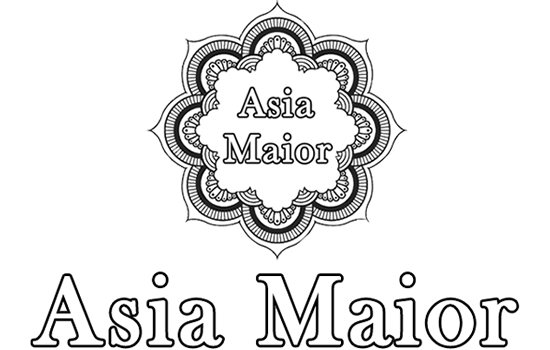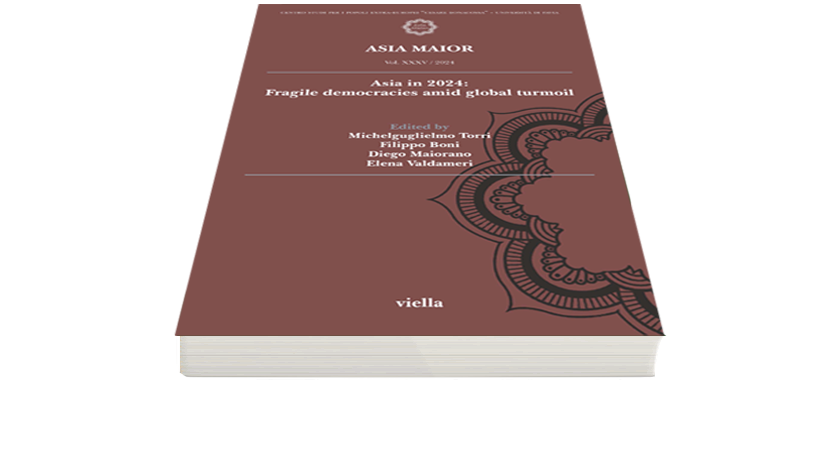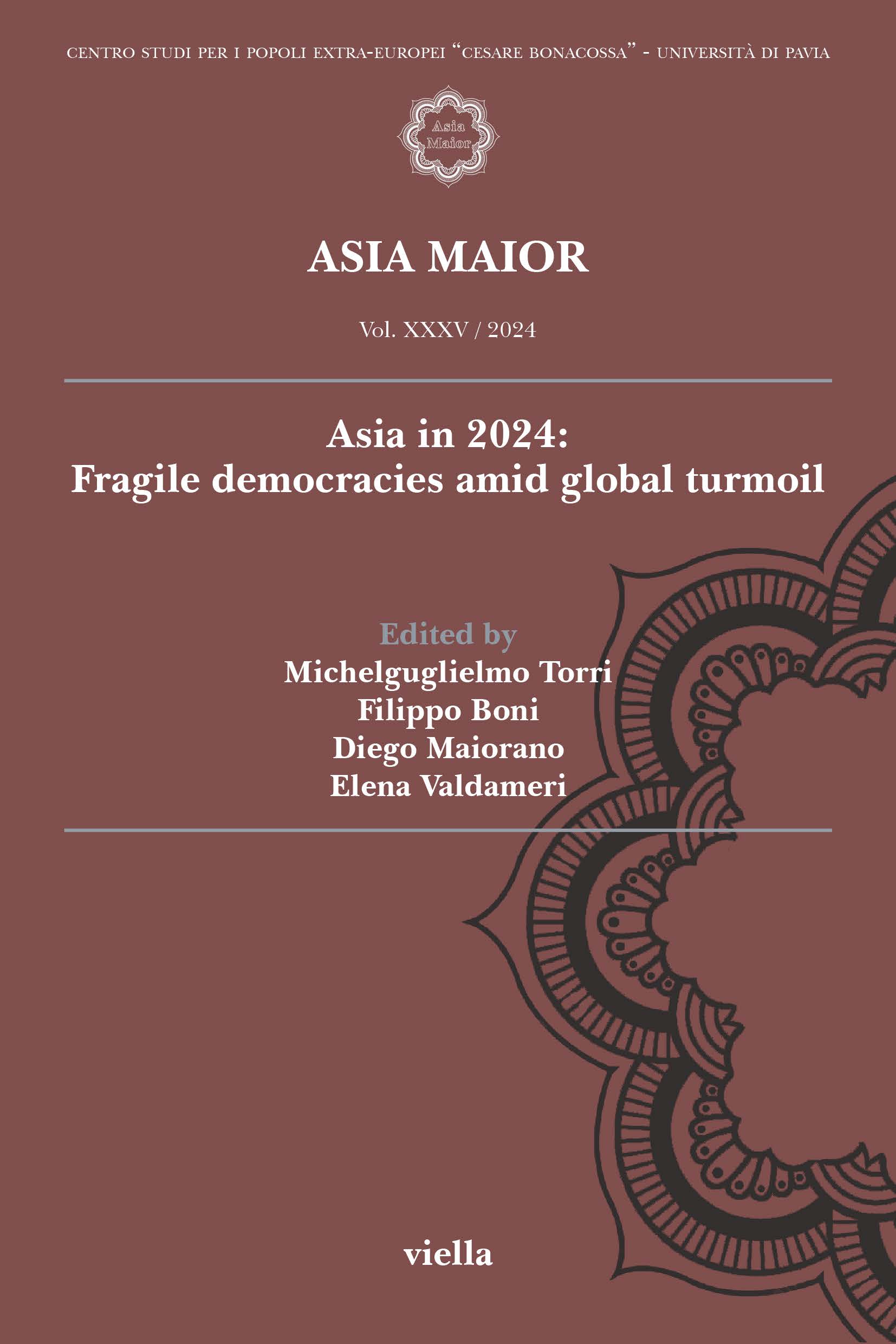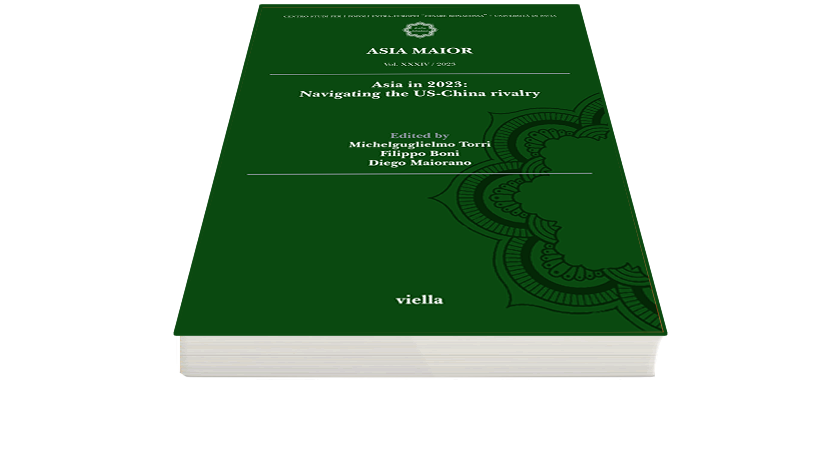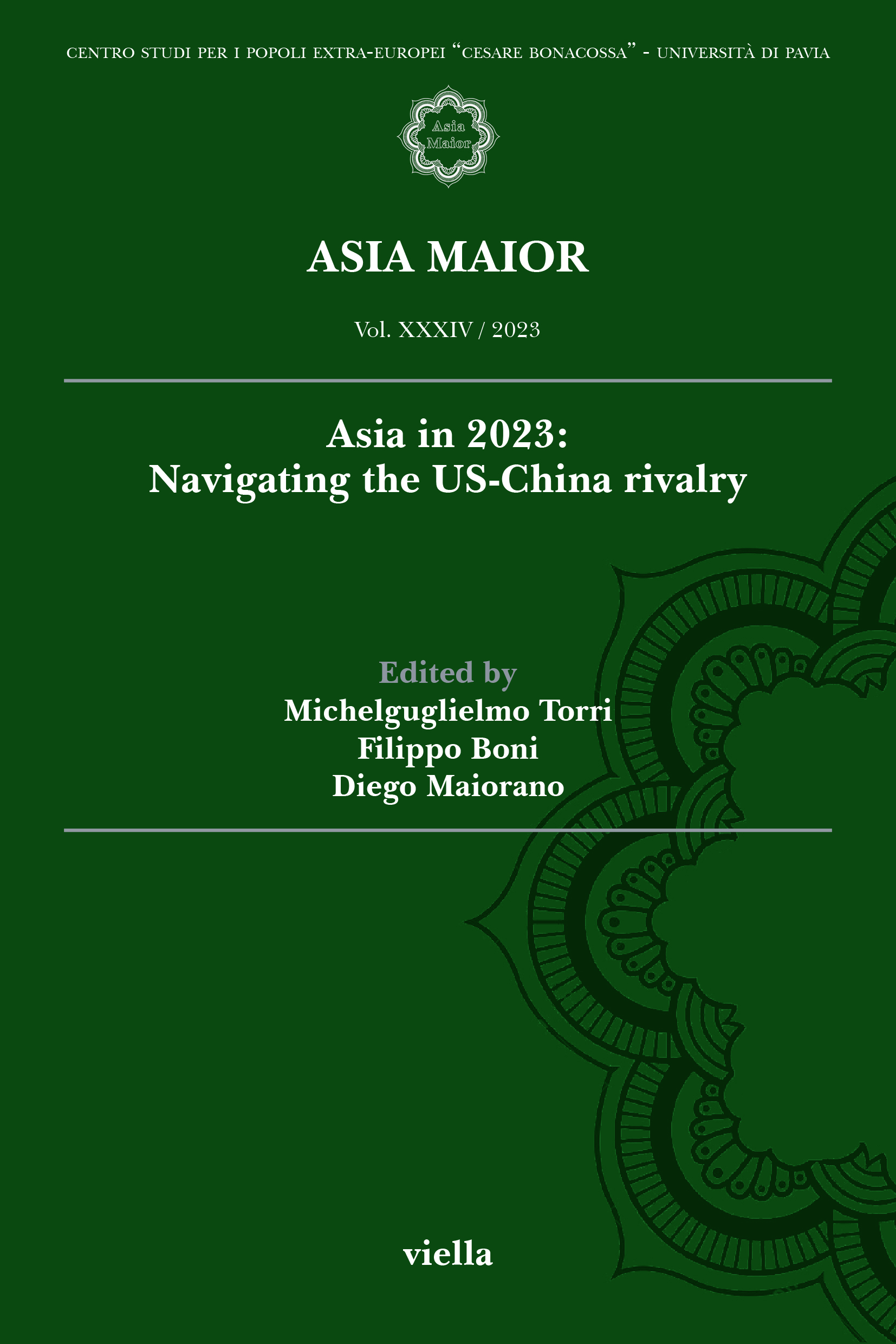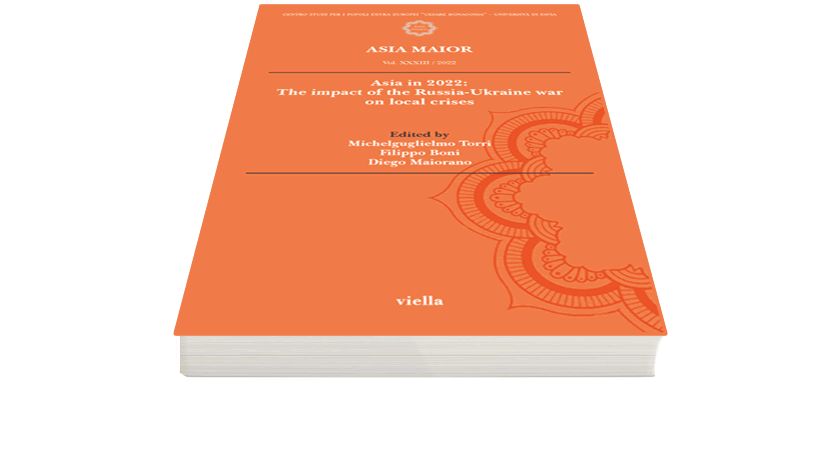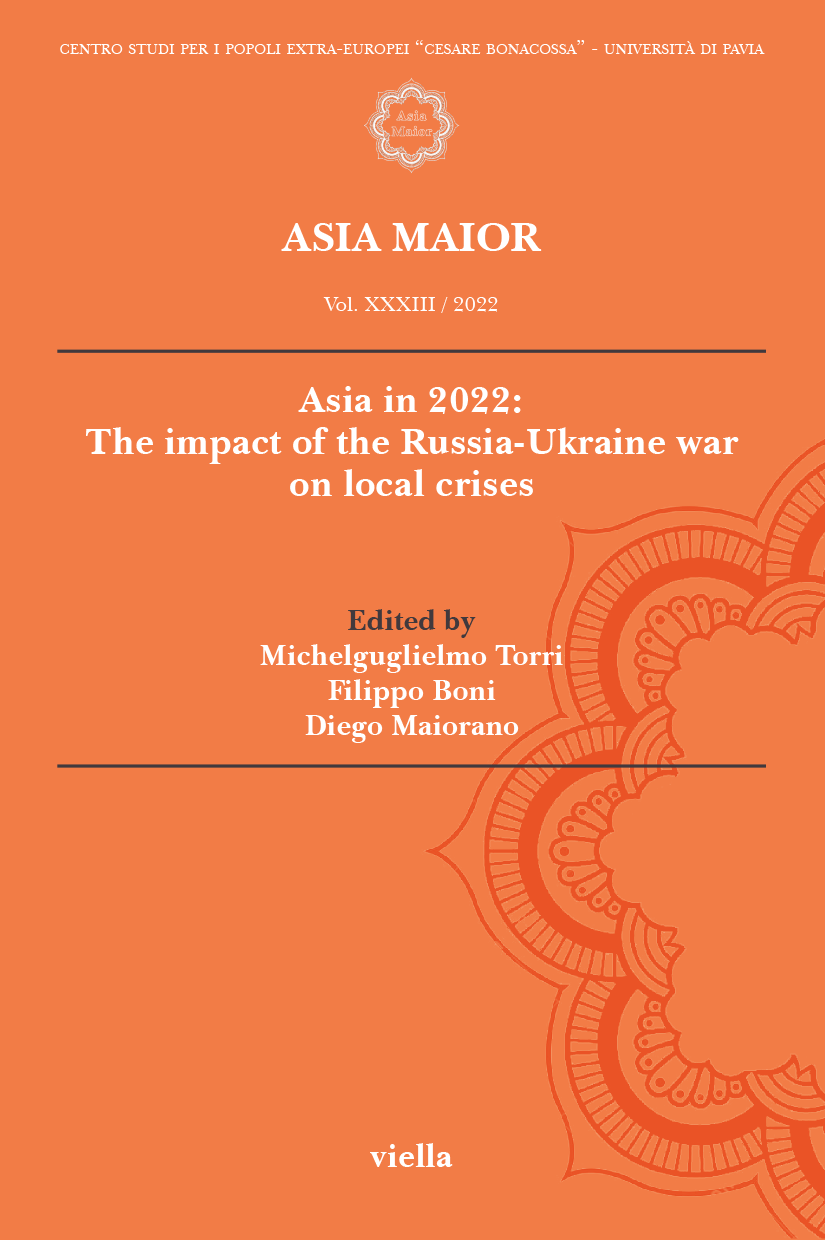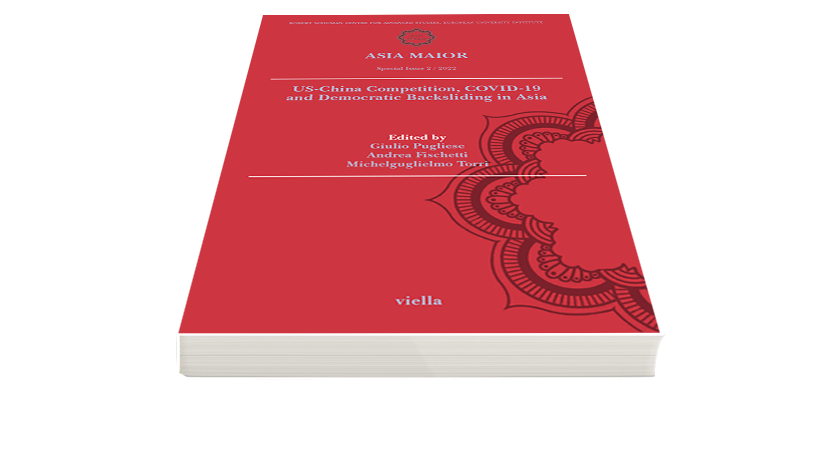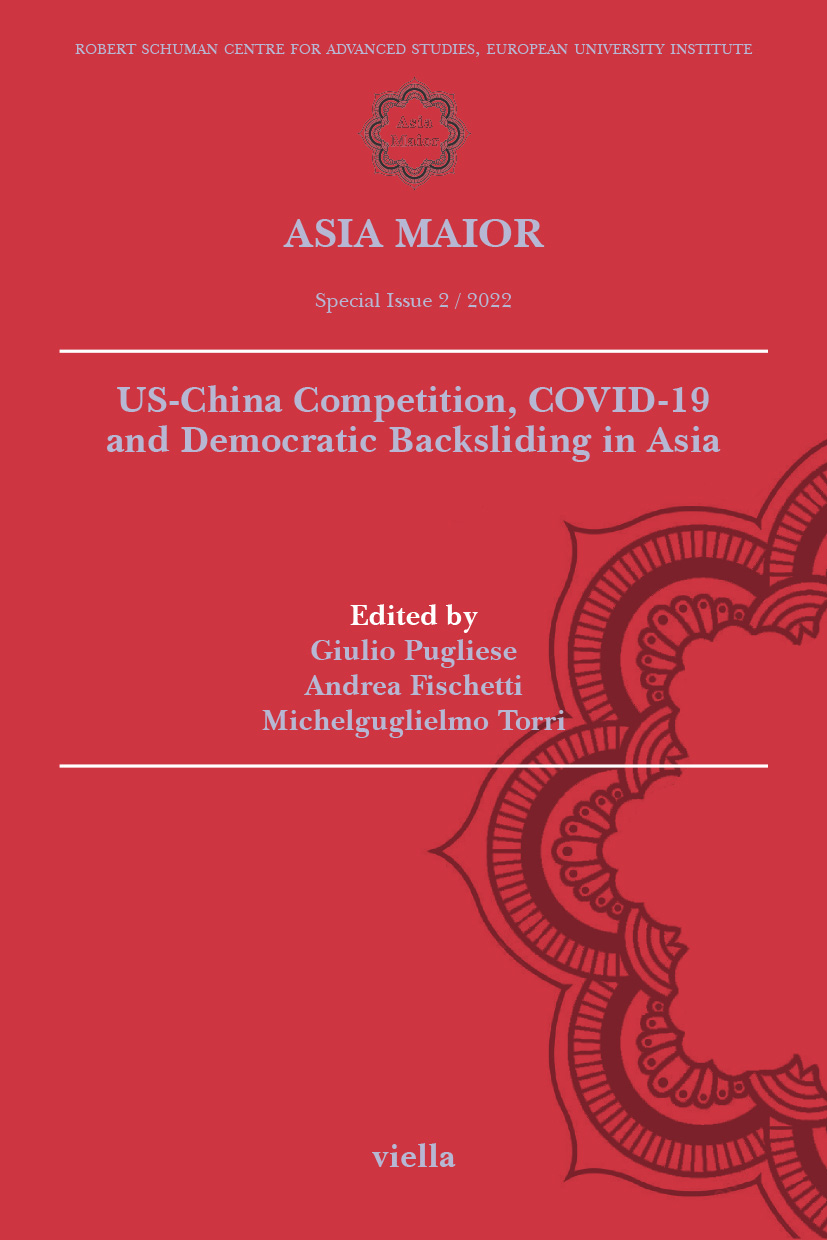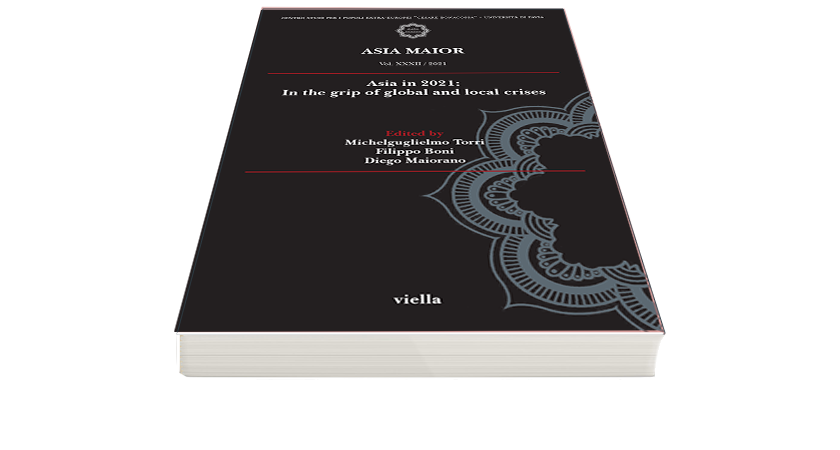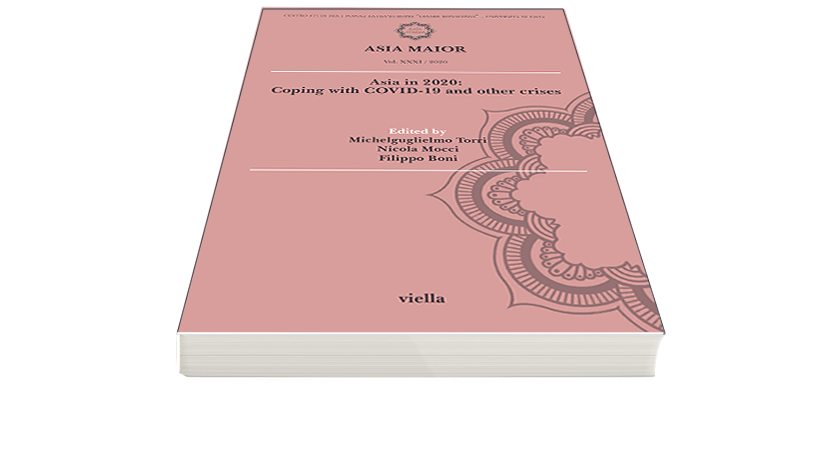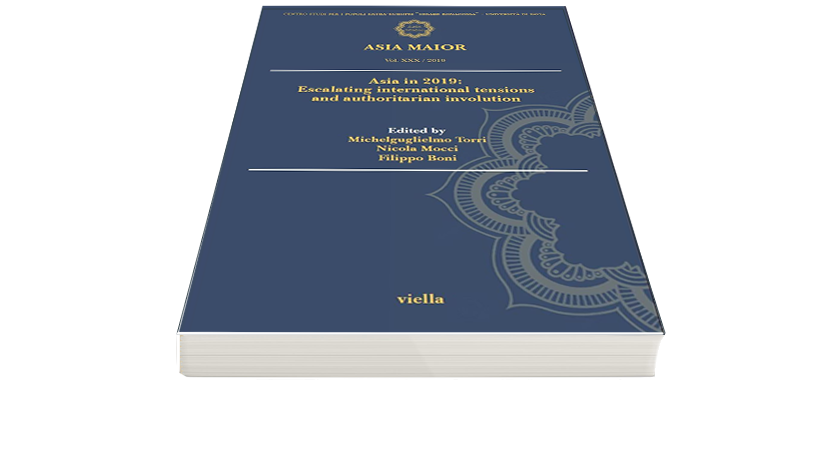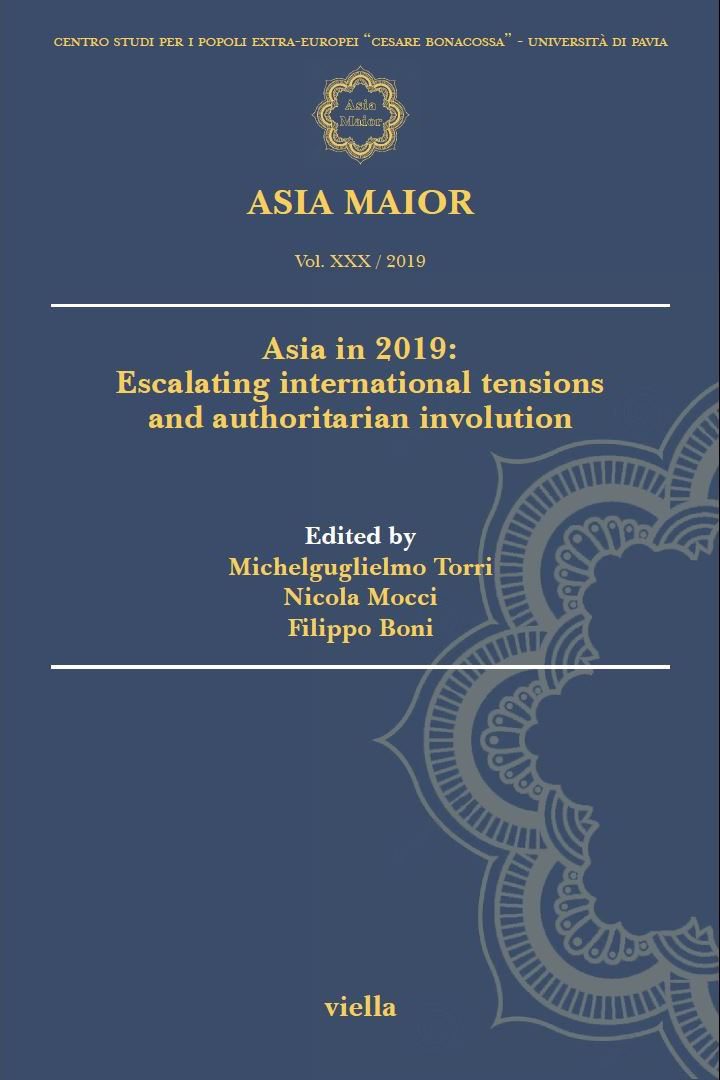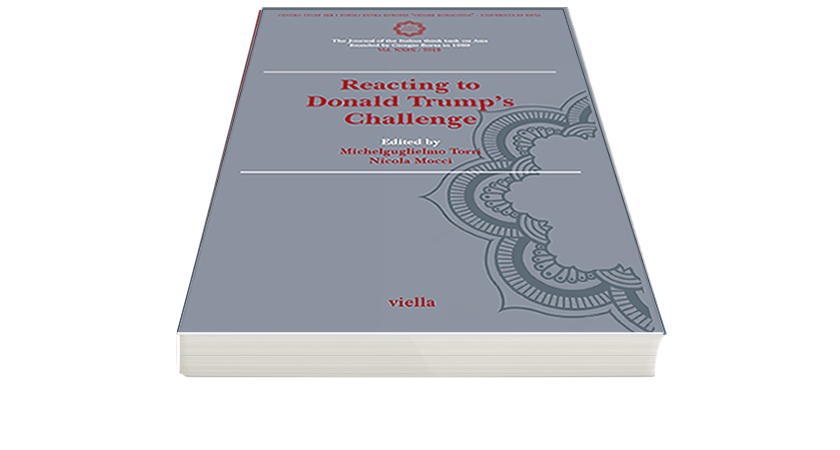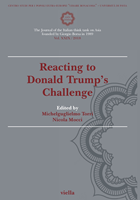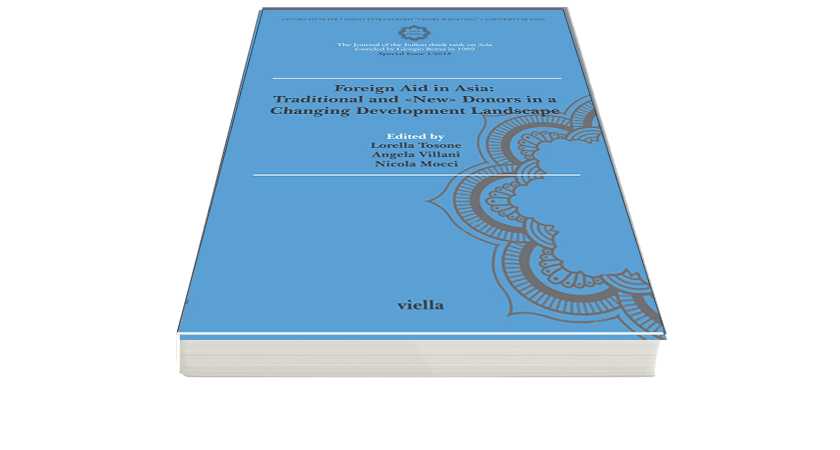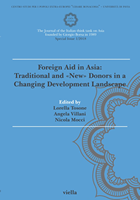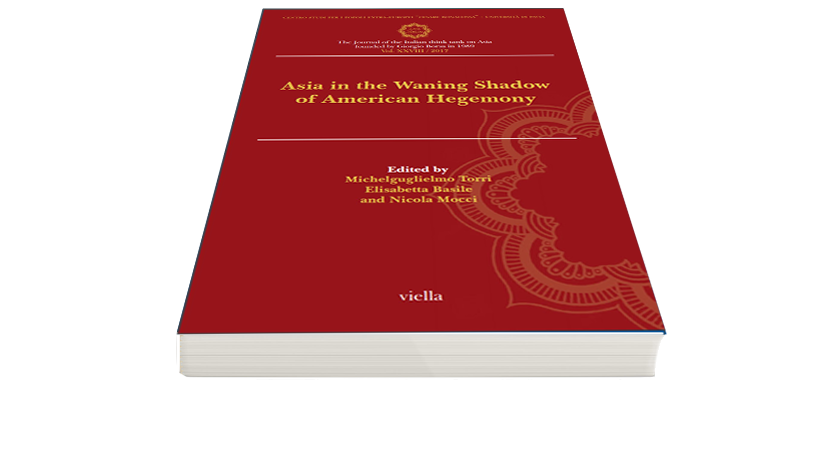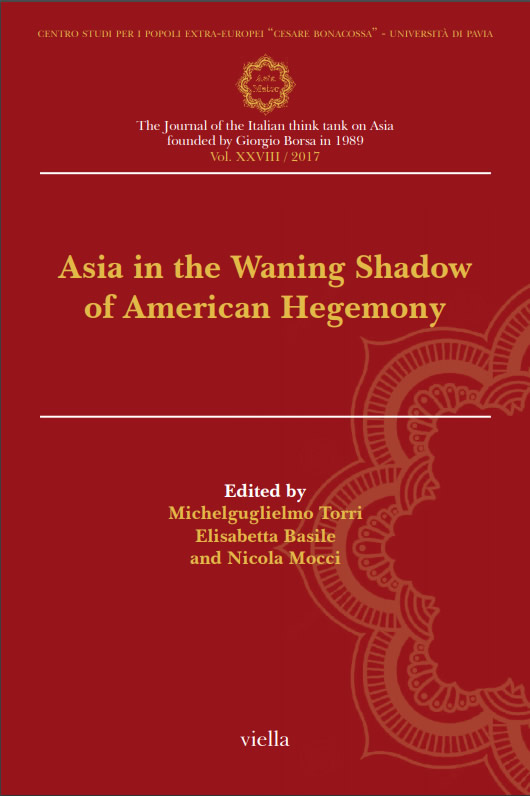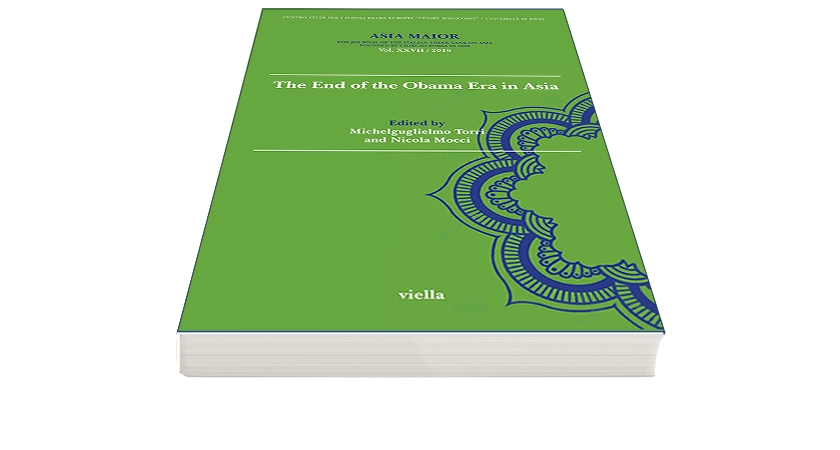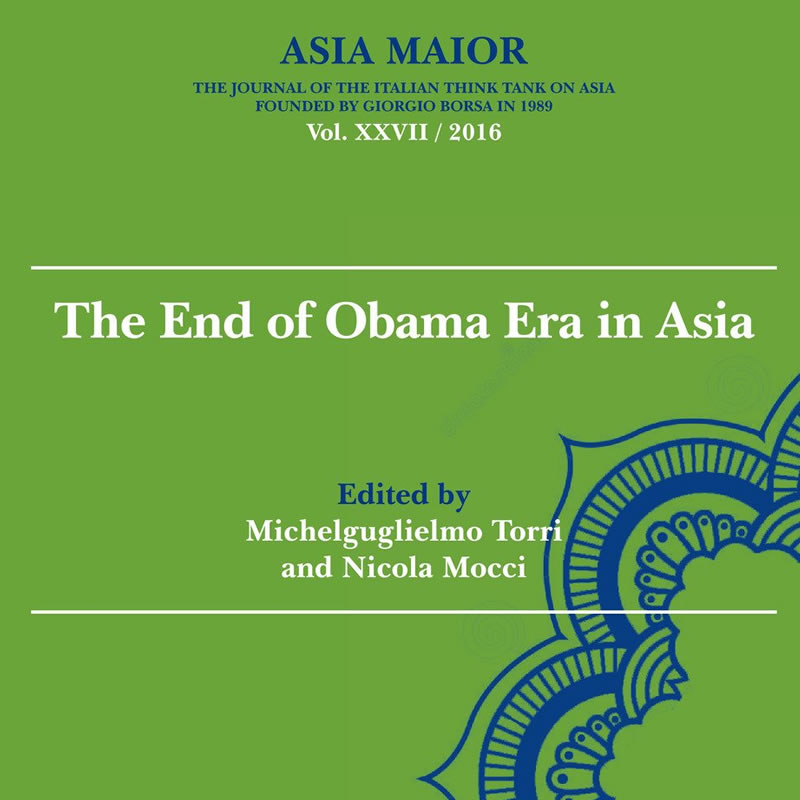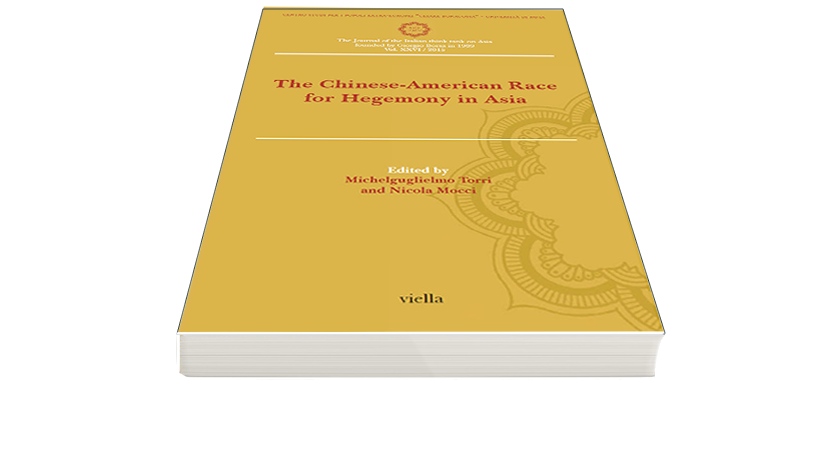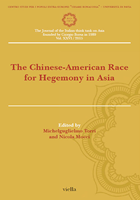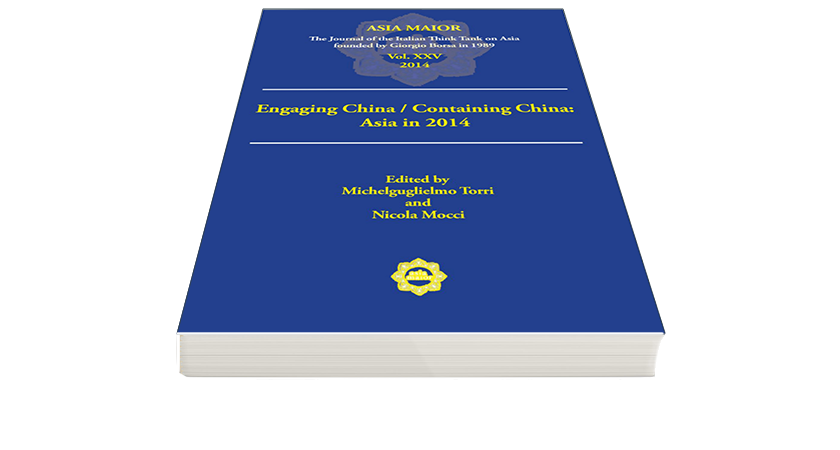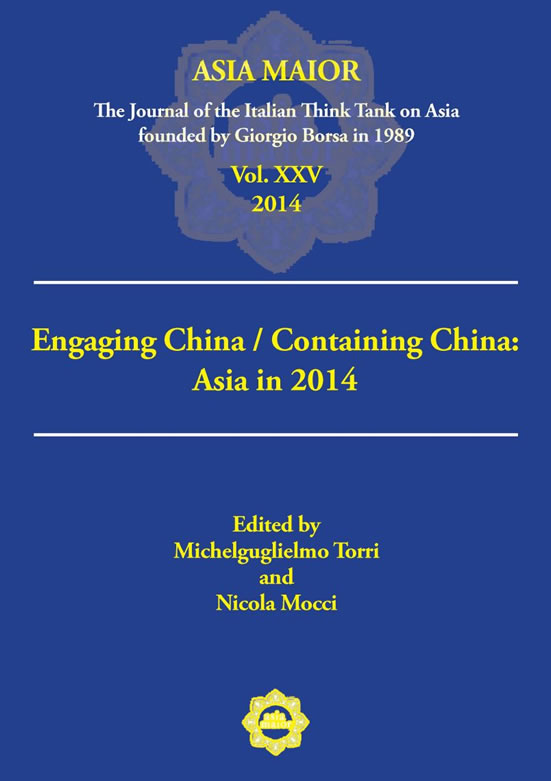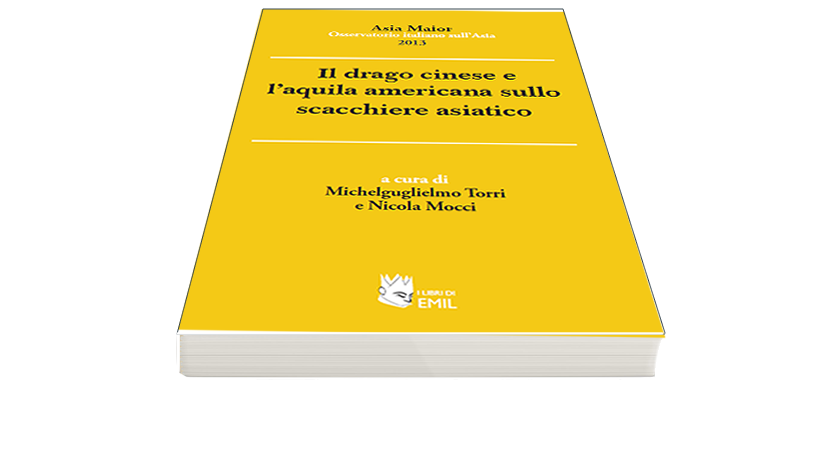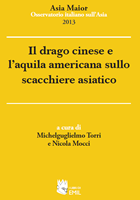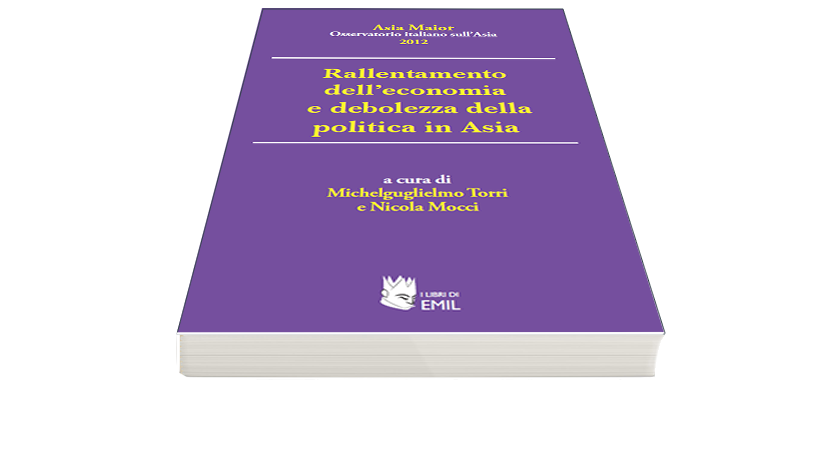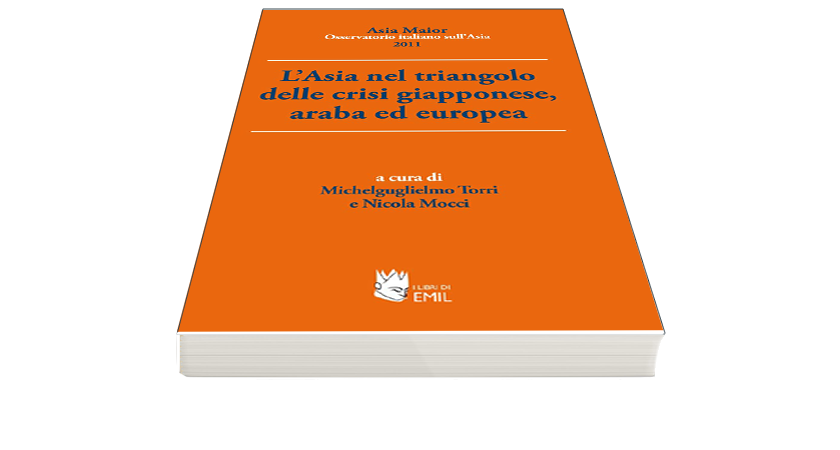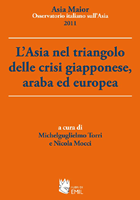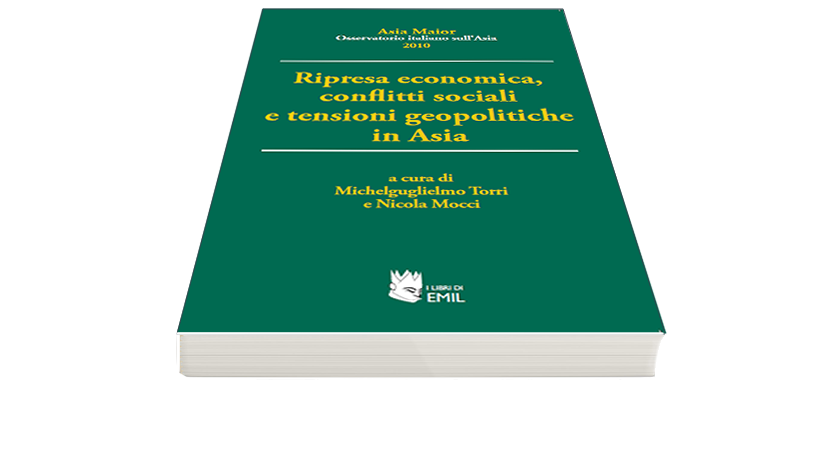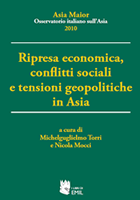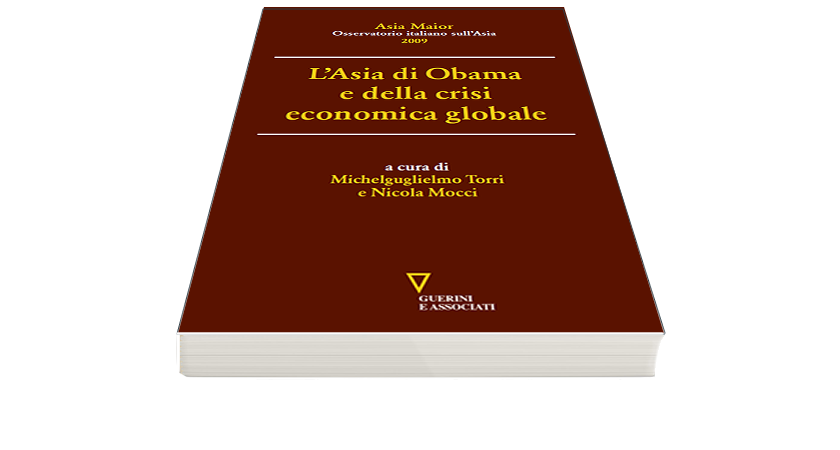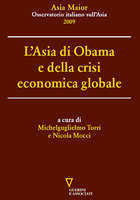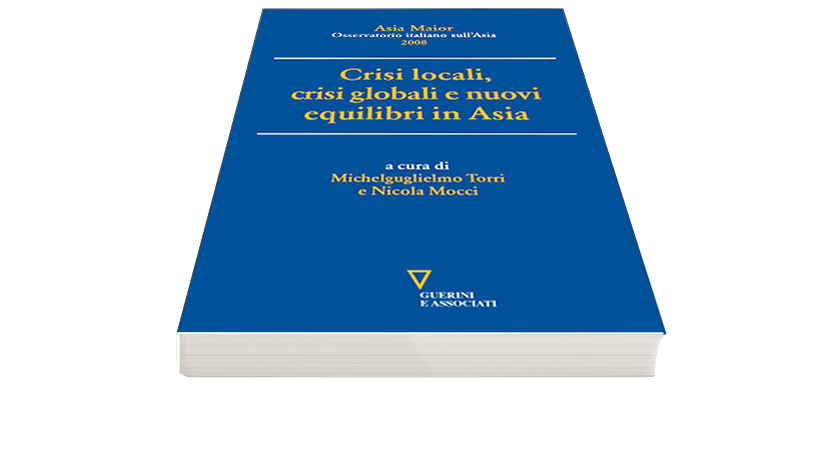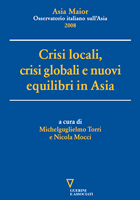An Island in Between: History and geopolitics of Taiwan
Available also in pdf – Download Pdf
Stefano Pelaggi, L’isola sospesa: Taiwan e gli equilibri del mondo, Rome: LUISS University Press, 2022, 231 pp. (ISBN: 9788861058453)
Stefano Pelaggi’s book offers a thorough yet concise geopolitical and historical analysis of Taiwan’s position in the contemporary international system, exploring both political and social dimensions. Pelaggi covers a wide historical spectrum, tracing Taiwan’s indigenous origins and its socio-political transformations through a few key historical phases: the Japanese Occupation, the return of the Kuomintang, the party’s retreat to the island after its defeat in the Chinese Civil War, the White Terror years, and Taiwan’s democratization process, which has led it to become one of the most efficient and stable democracies in the world. Beyond this, the author addresses Taiwan’s ongoing diplomatic, economic and political challenges. Its clarity and accessibility make the book suitable for a broader audience, extending beyond purely academic circles. Moreover, its interdisciplinary approach, which integrates geopolitical, historical, and political perspectives, provides a rich and multifaceted analysis of Taiwan’s evolving role in the world.
The book is divided into fourteen chapters. The author has adopted a chronological and thematic structure that spans from the 16th century to contemporary times in just 230 pages. The narrative begins with Taiwan’s early encounters with European colonization (Dutch and Spanish) and concludes with an exploration of the most recent grassroots movements opposing rapprochement with the People’s Republic of China, as promoted by the Kuomintang (KMT) leadership in the past decade. Each chapter focuses on a specific phase of Taiwan’s history or a critical aspect of its cultural, social, or political environment, offering readers a nuanced understanding of the island’s complex evolution. In the introduction and the first chapter, Pelaggi situates Taiwan within the current international system, analysing its geopolitical significance in the Taiwan Strait dispute, and exploring the island’s role in US-PRC relations. This section provides a comprehensive background for understanding Taiwan’s precarious position in global geopolitics, highlighting its strategic importance in the East Asian region. The second chapter delves into Taiwan’s history prior to the Japanese occupation, with a focus on the island’s indigenous heritage and its interactions with the early European colonial powers, such as the Portuguese, Dutch, and Spanish. The chapter also explores the influence of the Chinese Qing Dynasty, which shaped Taiwan’s early socio-political structures. This discussion is crucial to understanding the heritages of Taiwan’s shifting identity, which continues to influence its internal development and its responses to external affairs. The discussion then moves into the third chapter, that analyses the fifty years of Japanese rule (1895-1945), highlighting its transformative impact on Taiwan’s infrastructure, economy, and society. This chapter focuses on how this period laid the background for Taiwan’s earlier modernization, including developments in agriculture and infrastructures.
The return of the Kuomintang and its retreat to Taiwan following their defeat in the Chinese Civil War are examined across thematic chapters – from the fourth to the ninth – which explore the political and sociological trajectories undertaken by Taiwan’s civil society during this transformative period, particularly after the establishment of the martial law. These in-depth thematical analyses are seamlessly integrated into the book’s overarching historical narrative, adding interdisciplinary dimensions that deepen the reader’s understanding. The political and historical legacy of Chiang Kai-shek is explored through the issue of his monumental political statues, alongside the White Terror era and the tensions between the authoritarian governance and civil society (chapter 4). Additionally, Taiwan’s transformation into the industrial and entrepreneurial hub we recognize today is explored through the role of family-led small and medium enterprises in driving the island’s growth during that period (chapter 6). Furthermore, the diplomatic role of Song Meiling – Chiang Kai-shek’s wife – and the political legacy of his son, Chiang Ching-kuo, in shaping Taiwan’s subsequent democratization and reforms are discussed in chapters 5 and 9, respectively, contributing to a more in-depth description.
The subsequent section, covering chapters 10 to 14, addresses the events of the last thirty years, characterized by Taiwan’s gradual democratization and its evolving role within the global political landscape. These chapters provide a dual focus. On the one hand, they analyse Lee Teng-hui’s presidencies and his pivotal role in steering Taiwan’s democratisation process (chapters 9 to 12). On the other, they delve into economic and geopolitical issues, including Taiwan’s critical role in the global semiconductor industry (chapter 10) and the dynamics of cross-Strait relations following the deaths of Chiang Kai-shek and Chiang Ching-kuo (chapters 12 to 14). As for the economic perspective, the author emphasizes the island’s pivotal role in the global technology supply chain, particularly as a critical player in the US-PRC competition over technological dominance. Furthermore, this analysis is framed within a broader discourse on national identity and civil society, approaching them both from an historical and geopolitical perspective. He examines the role of Hakka and Hokkien indigenous minorities in shaping the identity of native Taiwanese people, particularly in the context of the predominance of Han people in public office following the Kuomintang’s retreat in 1949. From a political and geopolitical standpoint, Pelaggi explores the contrast between the island’s democratic stance and the authoritarian governance of the Communist party in the mainland. Chapter 14 focuses on the most recent grassroots civil movements, analysing their implications within the context of the Taiwan Strait dispute. These events, such as the 2014 «Sunflower Movement», underscore the growing importance of Taiwan’s evolving political and social identity. The author provides a detailed account of the «Sunflower Movement» and its reception by Taiwanese civil society, illustrating how ideological concerns, particularly among younger generations, play a critical role in shaping Taiwan’s domestic and international policies. This analysis aims at highlighting how Taiwan’s identity and values are increasingly becoming decisive factors in discussions about potential rapprochement between the two sides of the Strait.
Pelaggi’s research methodology is synthetic, as his goal seems looking to analyze the major events that have shaped Taiwan’s history. His approach integrates geopolitical perspectives with historical accuracy. While relying primarily on existing academic literature rather than archival research, Pelaggi successfully constructs a comprehensive and cohesive narrative. He offers a broad overview of the pivotal phases in Taiwan’s history and its evolving role within the contemporary international system – an issue of critical importance in today’s international dynamics.
The book stands out for its comprehensive scope and its ability to merge historical, geopolitical and cultural dimension of Taiwan into a single, concise narrative, despite being no longer than 230 pages. Indeed, one of the book’s key strengths is its interdisciplinary approach, which enables the author to connect Taiwan’s internal developments with its external relations in the context of cross-Strait relations with the People’s Republic of China and, more broadly, with the United States and Europe. The book examines the evolution of Taiwan’s civil society, offering a multidimensional perspective on the island’s journey from the «White Terror» era to democratization. A noteworthy example is the thematic exploration of Taiwan’s business sector, which was driven by civil society actors who were excluded from the bureaucracy during Chiang Kai-shek’s presidency. Furthermore, the chapter dedicated to Taiwan’s semiconductor industry is seamlessly integrated into the historical narrative, emphasizing its vital role in the contemporary economic and political international system. Finally, the thematic chapters that delve into political and cultural elements, such as the monumental political statues of Chiang Kai-shek (chapter 4), the diplomatic of Madame Chiang (chapter 5), and the days of the Yuan occupation during the 2014 Sunflower Movement (chapter 14) – to name just a few – skilfully intertwine historical events with the personal stories of key historical figures.
On the other hand, a few weak points can be detected. Firstly, the historical narrative ends with the Sunflower Movement of 2014 and his consequences both nationally and internationally but does not delve into the developments of Tsai Ing-wen’s first and second administrations. The author only mentions about recent events in the introductory chapter, where he had briefly summarized the island’s latest history, focusing primarily on its international relations disregarding its internal dynamics. Secondly, the sources Pelaggi relies on are predominately from Italian and Anglo-American scholars. While these provide a valuable basis, incorporating Chinese-language sources would have significantly enriched the work, offering a more nuanced perspective on Taiwan’s history and its complex identity. Finally, the author’s informative approach broadens the book’s appeal beyond the Italian academic sector, but the absence of original source research represents a missed opportunity. Taiwan’s history, its geopolitical significance in the current international system, and the emergence of a new political and social identity – particularly across the younger generation – are critical areas that need deeper investigations. A more detailed exploration of these elements would provide a better understanding of Taiwan’s role as a pivotal actor in contemporary global affairs, especially in the context of its complex relationships with key players such as the People’s Republic of China, the United States and, by extension, the European Union.
Nevertheless, L’isola sospesa, Taiwan e gli equilibri del mondo is an appreciable contribution to the Italian field literature. While it does not rely on original archive research and instead draws on pre-existing works – primarily from Western scholars – the book’s structure and the themes it explores make it a valuable starting point for engaging with Taiwan’s history. L’isola sospesa, Taiwan e gli equilibri del mondo serves as a well-crafted foundation for further developing a debate on Taiwan’s history, culture and politics.
1. Sanjay Subrahmanyam, Explorations in Connected History: From the Tagus to the Ganges and Explorations in Connected History: Mughals and Franks. New Delhi: Oxford University Press, 2005.
2. Claude Markovits, Merchants, Traders, Entrepreneurs: Indian Business in the Colonial Era (Baskingstoke: Palgrave Macmillan, 2008) and The Global World of Indian Merchants, 1750-1947: Traders of Sind from Bukhara to Panama (Cambridge: Cambridge University Press, 2009).
3. Anand A. Yang (ed.), Thirteen Months in China: A Subaltern Indian and the Colonial World (New Delhi: Oxford University Press, 2017); Military Department Records, Compilations and Miscellaneous, ‘Military Miscellaneous’ Series 1754-1944, Reports of the Censor of Indian Mails in France, IOR, L/MIL/5/ 825–8.
4. Kate Imy, Teresa Segura-Garcia, Elena Valdameri and Erica Wald, eds, Bodies beyond binaries in colonial and postcolonial Asia (Leiden: Leiden University Press, 2024).
5. Teresa Segura-Garcia, “Towards a connected history of the Indian princely states”, Revue d’histoire du XIXe siècle 56, no. 1: 132–34, https://doi.org/10.4000/rh19.5523, and “The Indian princely states in the global nineteenth century”, Global Nineteenth-Century Studies 1, no. 1 (2022): 101-107, https://doi.org/10.3828/gncs.2022.14.
6. See Clive H. Church and Randolph C. Head, A Concise History of Switzerland (Cambridge: Cambridge University Press, 2013), chap. 8; On the Sonderfall concept, see Georg Kreis, “Sonderfall,» Historisches Lexikon der Schweiz, December 20, 2012, https://hls-dhs-dss.ch/de/articles/049556/2012-12-20/.
7. Patricia Purtschert, Francesca Falk, and Barbara Lüthi, “Switzerland and ‘Colonialism without Colonies’: Reflections on the Status of Colonial Outsiders,» Interventions 18, no. 2 (March 3, 2016): 286–302; Bernhard C Schär, “Switzerland, Borneo and the Dutch Indies: Towards a New Imperial History of Europe, c .1770–1850,» Past & Present 257, no. 1 (December 31, 2022): 134–67; Patricia Purtschert and Harald Fischer-Tiné, Colonial Switzerland: Rethinking Colonialism from the Margins, Cambridge Imperial and Post-Colonial Studies Series (Houndmills: Palgrave Macmillan, 2015).
8. Philipp Krauer, Swiss Mercenaries in the Dutch East Indies: A Transimperial History of Military Labour, 1848-1914, Global Connections: Routes and Roots 9 (Leiden: Leiden University Press, 2024), 18.
9. On the notion of the “trans-imperial,» see Schär, “Switzerland, Borneo and the Dutch Indies.»
10. Rudolf Jaun, “Armee Und Nation: Schweizerische Militärdiskurse Des 19. Jahrhunderts Im Widerstreit,» in Die Konstruktion Einer Nation: Nation Und Nationalisierung in Der Schweiz, 18.-20. Jahrhundert, ed. U. Altermatt, C. Bosshart-Pfluger, and A. Tanner (Zürich: Chronos Verlag, 1998), 150–51; Krauer, Swiss Mercenaries in the Dutch East Indies, 65.
11. Gloria Wekker, White Innocence: Paradoxes of Colonialism and Race (Durham: Duke University Press, 2016); Krauer, Swiss Mercenaries in the Dutch East Indies, 121–22.
12. For an excellent discussion on the coloniality of these stereotypes, see Syed Hussein Alatas, The Myth of the Lazy Native: A Study of the Image of the Malays, Filipinos and Javanese from the 16th to the 20th Century and Its Function in the Ideology of Colonial Capitalism (London: Frank Cass & Co. Ltd., 1977).
13. Kate Imy, Losing Hearts and Minds: Race, War, and Empire in Singapore and Malaya, 1915–1960, Stanford, CA: Stanford University Press, 2024, 2.
14. John Newsinger, British Counterinsurgency (New York: Palgrave Macmillan, 2015); Karl Hack, Defence and Decolonisation in Southeast Asia: Britain, Malaya and Singapore, 1941–1968 (Richmond, UK: Routledge Curzon, 2001).
15. See C. A. Bayly and Tim Harper, Forgotten Armies: Britain’s Asian Empire and the War with Japan (London: Penguin, 2005); Kumar Ramakrishna, Emergency Propaganda: The Winning of Malayan Hearts and Minds, 1948-1958 (Richmond, UK: Routledge Curzon, 2002); Anthony Short, The Communist Insurrection in Malaya, 1948–1960 (London: Muller, 1975); Richard Stubbs, Hearts and Minds in Guerilla Warfare—the Malayan Emergency, 1948-1960 (Oxford: Oxford University Press, 1989); Leon Comber, Malaya’s Secret Police, 1945-60: The Role of the Special Branch in the Malayan Emergency (Singapore: Institute of Southeast Asian Studies, and Australia: Monash Asia Institute, 2008); David French, The British Way in Counter-Insurgency, 1945-1967 (Oxford: Oxford University Press, 2012).
16. See Christopher E. Goscha and Christian F. Ostermann, Connecting Histories: Decolonization and the Cold War in Southeast Asia, 1945-1962 (Stanford: Stanford University Press, 2009); Cheah Boon Kheng, Red Star over Malaya: Resistance and Social Conflict during and after the Japanese Occupation of Malaya, 1941-46 (Singapore: National University of Singapore Press, 2003); Teng Phee Tan, Behind Barbed Wire: Chinese New Villages during the Malayan Emergency, 1948–1960 (Petaling Jaya: Strategic Information and Research Development Centre, 2020); Syed Muhd Khairudin Aljunied, Radicals: Resistance and Protest in Colonial Malaya (Delkab: Northern Illinois University Press, 2015).
17. Ann Laura Stoler, “Sexual Affronts and Racial Frontiers: European Identities and the Cultural Politics of Exclusion in Colonial Southeast Asia,” Comparative Studies in Society and History 34, no. 3 (July 1992): 514–51; Homi Bhabha, Location of Culture (London: Routledge, 1995).
18. See for instance the international conference organised in Đà Nẵng in 2022: “From the Port to the World. A Global History of Indochinese Ports (1858-1956)”, University of Sciences and Education – University of Đà Nẵng, 27-29 October 2022: https://www.gis-reseau-asie.org/evenement/colloque-international-du-port-au-monde-une-histoire-globale-des-ports-indochinois-1858.
19. The Nguyen Cochinchina: Southern Vietnam in the Seventeenth and Eighteenth Centuries, Ithaca/New York: Cornell University Press/Southeast Asia Program Publications, 1998. Li Tana also edited: with Nola Cook, Water Frontier: Commerce and the Chinese in the Lower Mekong Region, 1750-1880, Lanham: Rowman and Littlefield, 2004; with James A. Anderson, The Tongking Gulf through History, Philadelphia: University of Pennsylvania Press, 2023.
Asia Maior, XXXV / 2024
© Viella s.r.l. & Associazione Asia Maior
ISSN 2385-2526
